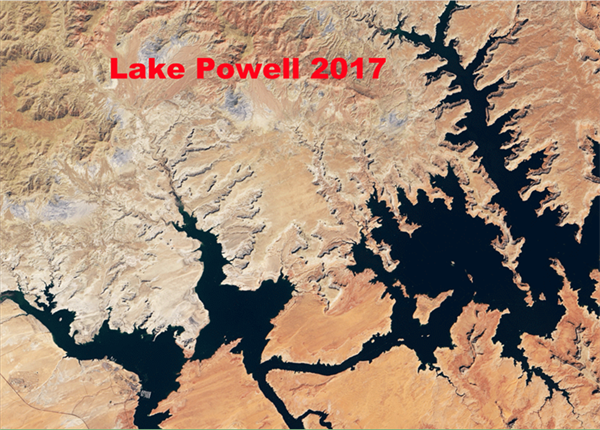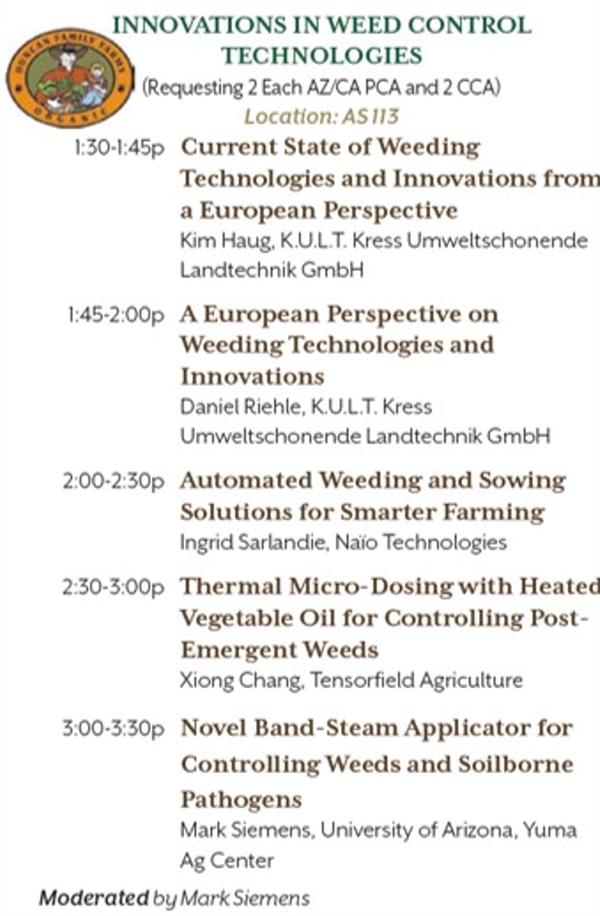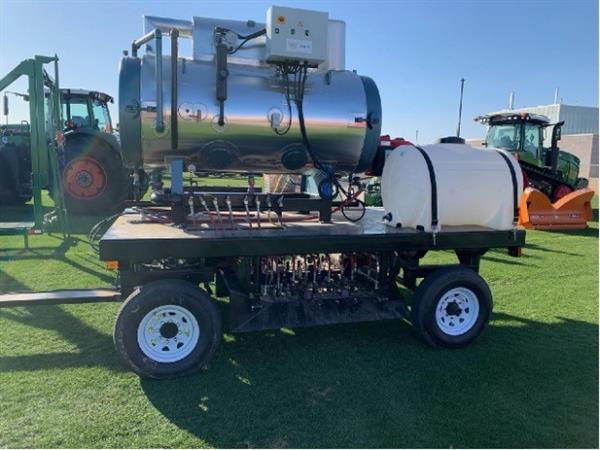
On 14 June 2022, the U.S. Senate Energy and Natural Resources Committee held hearings in Washington, D.C. to review the conditions and impacts of drought in the western U.S., including the Colorado River. The timing of these hearings was important in recognition of the fact that Lake Mead is at its lowest level ever at 28% capacity and Lake Powell is at 27%. If the current level of water use is allowed to persist any longer with the low inputs going into the Colorado River system, there is a possibility of system failure. Thus, there is a very real danger that water supply and delivery as well as hydro-electric power generation capacities could be seriously jeopardized if major changes are not made on the overall management of the Colorado River system immediately.
Bureau of Reclamation (BoR) Commissioner Camille C. Touton described the need to achieve additional reductions on Colorado River allocations. The BoR is engaging in discussions with the seven basin states that depend on the Colorado River to develop a plan for the reductions, and it needs to be done in the next 60 days. As Commission Touton described, the BoR has the authority to “act unilaterally to protect the system, and we will protect the system.” (Bureau of Reclamation, 28 June 2022)
Commissioner Touton stated that the seven basin states on the Colorado River must reduce allocations by 2 to 4 million acre-feet (maf) and that the decision regarding how to do that must be done in 60 days, mid-August 2022. She was not specific on what all that this will entail but Commissioner Touton did say that the BoR is “working with the states and tribes in having this discussion.” Thus, people in the seven basin states are working hard right now to develop proposals for consideration in addressing this immediate need. The U.S. Department of Interior has the authority and could impose cuts if the states fail to reach an agreement on their own. In the case of the Colorado River, by some estimates agriculture is responsible for nearly 80% of all Colorado River water allocations. However, with the fallowing and water transfers from ag to urban systems that have taken place in some of the Colorado River Valleys, agricultural use on the Colorado River is now ~65%. Considering states like California and Arizona are 95% and 90% urban, respectively, many urban sectors consider agricultural allocations to be the most vulnerable to reductions.
In Arizona, the full allocation of Colorado River water is 2.8 maf, which has been reduced in 2022 by the Tier One cuts associated with the Drought Contingency Plan (DCP) by 512,000 acre-feet (kaf). Agriculture is responsible for approximately 70% of total water diversions in the state and the DCP reduction is primarily being taken from the agricultural districts on the Central Arizona Project (CAP) in central Arizona, mainly Pinal County due to previous agreements and lower priority rankings of water allocations.
Based on irrigation, Arizona agriculture produces the highest yields per acre and some of the highest quality crops found anywhere in the world. Arizona also supports a huge seed industry that is important regionally, nationally, and globally. Crop production systems in Arizona support animal production systems including dairy, beef, and poultry. Arizona citizens are direct beneficiaries of these production systems. Over the past 40 years, crop production systems in Arizona and the desert Southwest have continually improved and we are now more efficient and using less water per acre to produce high yields and high-quality crops.
It is important for us to fully describe and demonstrate the good stewardship we provide for soil and water natural resources that we depend upon in the production and management of cropping systems. However, the tendency of facts being facts but perceptions often becoming people’s reality, we must recognize that it can be challenging to communicate to non-agricultural audiences the basic facts about agriculture and water use and the good stewardship being employed. For example, effectively communicating an understanding that agriculture is a process of managing living organisms; animals, and crop plants, in the field under natural environmental conditions is a challenging objective. Some people tend to think that agriculture is a factory level production process, something engineered, or managed by computer algorithms. In reality of course, irrigated agriculture is a highly sophisticated system managed daily by people in the field working with the constant changes and challenges presented to a large extent from the environment as well as markets and a plethora of other external factors.
Errant perceptions of agriculture and the management of crop production systems can be dangerous at times when we are dealing with critical resource management issues, such as water shortages. Thus, it is important for those of us working in production agriculture to communicate and demonstrate how we are serving as good stewards of the natural resources with which we work. It is good for those of us working in agricultural production systems to review the basics of how we manage water in the production of crops and the good stewardship that is employed in daily operations. Farmers and agronomists have no interest or motivation to put any more inputs into the production of a crop than is necessary.
Farmers and agronomists are constantly striving for higher efficiencies agronomically, economically, and environmentally to conserve precious natural resources. As we have often heard “A measure of what we value is the level of energy or time we invest in taking care of it.” Arizona agriculture has invested a lot of time, energy, and money into the improvement of crop production efficiencies, and we continue to work on these improvements.
We have a good story to tell on the stewardship record of Arizona agriculture and our continued commitment to making improvements in production efficiencies. There are representatives working hard on behalf of Arizona and desert Southwest agriculture to present the case for supporting our agricultural systems and help develop plans for mitigation and response. However, given the chance to do so, we all need to be prepared to communicate the message agriculture’s good water stewardship to appropriate audiences. We all need to prepare for the changes that are coming.
Reference:
Bureau of Reclamation, 28 June 2022 https://www.usbr.gov/ColoradoRiverBasin/

I hope you are frolicking in the fields of wildflowers picking the prettiest bugs.
I was scheduled to interview for plant pathologist position at Yuma on October 18, 2019. Few weeks before that date, I emailed Dr. Palumbo asking about the agriculture system in Yuma and what will be expected of me. He sent me every information that one can think of, which at the time I thought oh how nice!
When I started the position here and saw how much he does and how much busy he stays, I was eternally grateful of the time he took to provide me all the information, especially to someone he did not know at all.
Fast forward to first month at my job someone told me that the community wants me to be the Palumbo of Plant Pathology and I remember thinking what a big thing to ask..
He was my next-door mentor, and I would stop by with questions all the time especially after passing of my predecessor Dr. Matheron. Dr. Palumbo was always there to answer any question, gave me that little boost I needed, a little courage to write that email I needed to write, a rigid answer to stand my ground if needed. And not to mention the plant diagnosis. When the submitted samples did not look like a pathogen, taking samples to his office where he would look for insects with his little handheld lenses was one of my favorite times.
I also got to work with him in couple of projects, and he would tell me “call me John”. Uhh no, that was never going to happen.. until my last interaction with him, I would fluster when I talked to him, I would get nervous to have one of my idols listening to ME? Most times, I would forget what I was going to ask but at the same time be incredibly flabbergasted by the fact that I get to work next to this legend of a man, and get his opinions about pest management. Though I really did not like giving talks after him, as honestly, I would have nothing to offer after he has talked. Every time he waved at me in a meeting, I would blush and keep smiling for minutes, and I always knew I will forever be a fangirl..
Until we meet again.
Vol. 13, Issue 4, Published 2/23/2022
Keeping up to date with the latest developments in automated weeding machines is challenging. It’s a very fast-moving space with significant private and public investment. At the 2022 Southwest Ag Summit “Innovations in Weed Control Technologies” breakout session, university experts and cutting-edge innovators will provide updates on the latest domestic and international developments in automated weeding, autonomous ag robots, and non-chemical weed control (agenda below). The session will be held TOMMOROW Thursday, February 24th from 1:30-3:30 pm.
As I mentioned in the last newsletter, we’ll also be demoing our band-steam applicator for controlling soilborne diseases and weeds at the Southwest Ag Summit Field Day. We’ll also have our 2nd generation prototype band-steam applicator on display (Fig. 2). It is simpler in design and has a higher capacity steam generator as compared to our first prototype. This will increase travel speed and thereby work rate. The event is scheduled for TODAY, Wednesday, February 23rd from 10:30 am – 4:30 pm.
For more information about the Southwest Ag Summit, visit https://yumafreshveg.com/southwest-ag-summit/.
Hope to see you there!
Acknowledgements
This work is partially funded by the Arizona Iceberg Lettuce Research Council, Arizona Specialty Crop Block Grant Program and USDA-NIFA Crop Protection and Pest Management Program.

Fig. 1. “Innovations in Weed Control Technologies” breakout session agenda at the 2022 Southwest Ag Summit. Session will be held Thursday, February 24th at Arizona Western College, Yuma, AZ.

Fig. 2. Prototype band-steam applicator for controlling soilborne pathogens and weeds on display at the 2022 Southwest Ag Summit, Yuma, AZ. Applicator sled and trailer fabricated by Keithly-Williams Fabrication, Yuma, AZ. Steam generator provided courtesy of Simox, Contamine-sur-Arve, France.
Dacthal was first registered in 1959 but like most older products that are still used, we are constantly adapting it to our changing cultural practices. Dacthal is a mitotic inhibitor and kills germinating weeds by stopping cell division. This is the same mode of action as many other preemergence herbicides such as Trifluralin, Prowl, Balan, Kerb and others but its chemistry and how it moves in the soil and plant are different. Dacthal is absorbed by both shoots and roots of germinating seedlings although most of the activity is from shoot absorption. When absorbed by the shoots, it will move upward into the plant. It is not absorbed by foliage and can be safely applied over the crop. Dacthal has a strong affinity for soil and adsorbs strongly to soil particles. If Dacthal is applied to dry soil, it sometimes will not work because the herbicide it stuck on the soil and not available to kill weeds. Conversely, if the soil is saturated, it may not be adequately incorporated. The best time to apply Dacthal is when the soil is moist but not saturated. When Dacthal was first being developed it was tested for use on lettuce.If it is sprayed on or chemigated it will cause severe injury to lettuce. If it is mechanically incorporated it is surprisingly safe to lettuce. It is fairly broad spectrum but weak on mustards.
